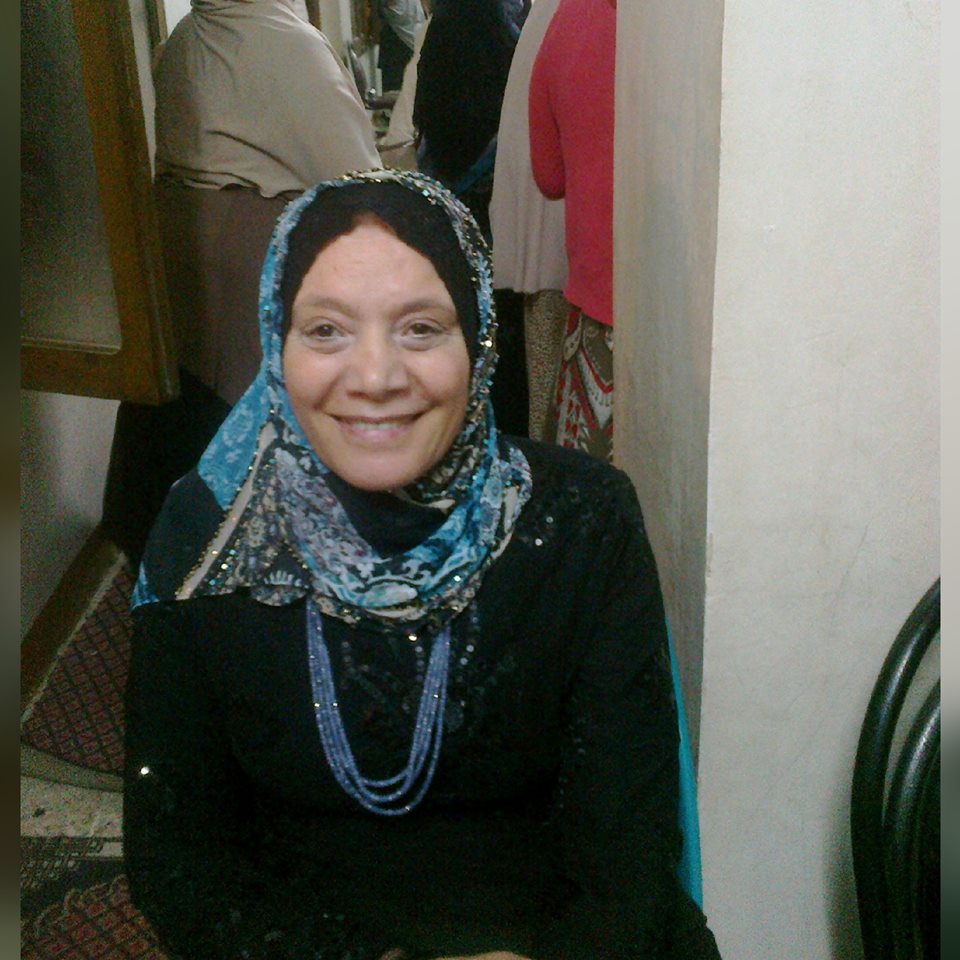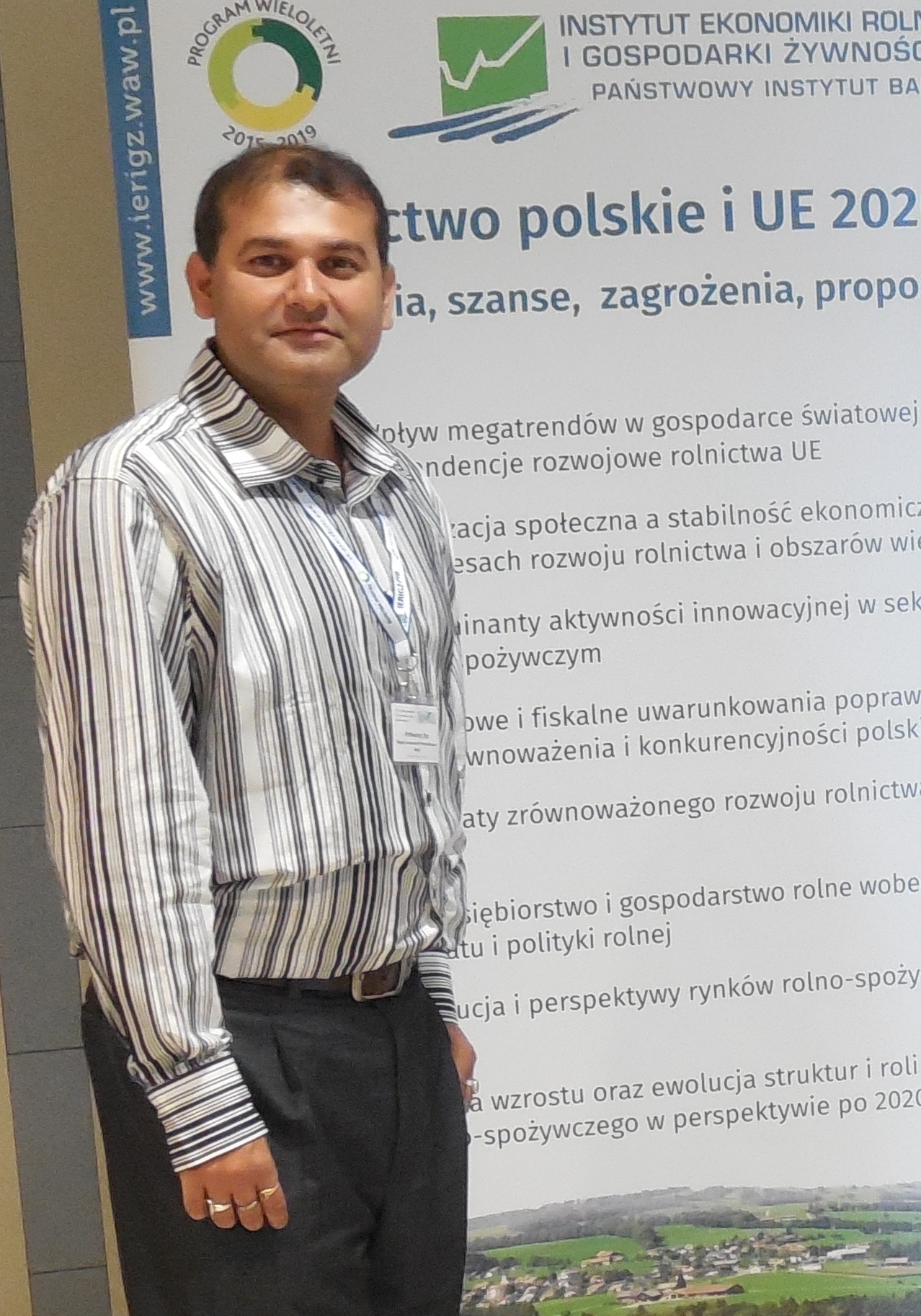
|
The Ecocritical Poetics of Space in Egyptian Literature for Children: the Case of Abdel-Tawab Youssef
|
|
|
Professor Abdulgawad Elnady
|
|
|
Faculty of Arts, University of Tanta
|
|
|
abdulgawad@art.tanta.edu.eg
|
|
|
26
|
|
|
Leaning on the critical insights on space as well as on the achievements of ecocriticism, this paper investigates the extent to which the fiction of Abdel-Tawab Youssef the renowned Egyptian writer for children has managed to espouse pivotal ecological causes such as pollution, climate change, and transgression against plants and animals while riveting the attention of child readers through a most poetic language and variously gratifying forms. In the first theoretical part of the paper, I explore the symbiotic intersection between ecocriticism and children’s literature as two interdisciplinary genres whose integration could professedly bear fruits in the arduous, all-embracing process of educating children culturally, aesthetically, religiously, and ecologically. The second part of the paper substantiates the proposition put forward here through a sample collection of Youssef’s fictional stories for children. Special emphasis will be laid on the writer’s fictionalization of space as a pivotal approach to the relationship between children and animals and on his depiction of the ecological mentality as nonviolent, adaptive, responsive, and attentive to the environment, perceiving other creatures as subjects worthy of respect, whose different voices must be attended to, and with whom one is emotionally engaged, interwoven in an ecological and spiritual continuum.
|
|

|
تقصي آثار الإبادة البيئية عبر رواية "الأفيون والعصا" للروائي الجزائري مولود عامري
|
|
|
Professor Fatma Nasr
|
|
|
Faculty of Arts, Tanta University
|
|
|
dr_fatma14@yahoo.fr
|
|
|
53
|
|
|
تعلن إشكالية هذه الدراسة عن نفسها مع عنوانه علاقة الأدب المغربي بالبيئة منذ ستينيات القرن الماضي. دق الروائي أول ناقوس خطر ليلفت نظر العالم للحفاظ علي بيتنا الكبير: الطبيعة البيئة خاصة أثناء الحروب : فتنطلق سلسة من التساؤلات التي تمثل في نفس الوقت هيكل البحث: لماذا مولود عامري دون كاتب آخر؟ لماذا روايتة الثالثة "الأفيون والعصا"؟ ما هية الإبادة البيئية عامة وتلك التي أرتكبها نظام فرنسا أثناء حرب التحرير الجزائرية خاصة؟ وأخيرا كيف عبر الكاتب بين الواقعية والرمزية جرائم أرتكبتها فرنسا التي تتحدث الآن بأسم الحفاظ عن البيئة. ينقل الروائي مشاهد عن تقطيع شجر الزيتون وتسميسم الآبار ونقص المؤن و كيف تجاوزها نحو مستقبل أفضل ليخلد عبر روايتة طبيعة وجمال بلاده. فالبحث عن المستقبل الأفضل يستوجب أن نستفيد من دروس التاريخ.
تلك التساؤلات تشكل بصفة عامة عناصر الدراسة. لا ندعي إنها ستجيب عليها بطريقة جازمة ولكن ستحاول ببساطة أن تلقي عليها بعض الضؤ من خلال دراسة و تحليل الرواية التي تتقصي آثار إستعمار الجزائر لقرن من الزمان وحرب التحرير اللذين تركا أثرا عظميا في بيئة و تاريخ وأدب الجزائر. أدرك الكاتب ضرورة العودة من حين لآخر للتاريخ لدراسته وعرض الآثار التي أتلفت الطبيعة و أبادت عناصر البيئة كما أبادت البشر.
|
|

|
The Ecological function in Mike Bratlett’s Earthquakes in London
|
|
|
Dr Ruwayda Gaber
|
|
|
Cairo University
|
|
|
professorelnady@gmail.com
|
|
|
1378
|
|
|
Since the main interest of eco-criticism is to focus on the strong bond between literature and Nature generally, and environment particularly; it is good to use an Eco critic approach for analyzing Earthquakes in London by Mike Bratlett. This play was first introduced in London in 2010. This play tells the story of a family that consists of four members. The father who works as an environmentalist and his three daughters. Every one of them has a certain problem that spoils his ease. Their sufferings are closely related to both climatic and ecological rapid changes. Thus, this paper will try to discuss the concept of ecology through this play. It also will discuss the representation of environment through this play showing how Bartlett manipulates both stage and language to give a full representation of the environment and makes an attractive ecological atmosphere. It also will shed ample light on the relation between Man and environment through the variant relations between the characters in this play and the environment around them. One of the most important points in this paper will be the exposure of the mutual destructive influences of Man’s misbehavior against the environment. Finally, this paper will rely on The Future of Environmental Criticism. Environmental Crisis and Literary Imagination by Lawrence Bull as a base of standing on the ecological functions in Earthquakes in London.
|
|

|
An Ecocritical Study of Nadine Gordimer’s The Conservationist (1974), The Pickup (2001), and Get a Life (2005)
|
|
|
Marwa Hassan Abdul-Hamid El-Fert
|
|
|
Tanta University
|
|
|
professorelnady@gmail.com
|
|
|
1379
|
|
|
The main premise behind this research is to investigate the peculiar role of the environmental representation in literature through the new literary approach called “Ecocriticism” or “Green Studies”. Nadine Gordimer (the recipient of the 1999 Nobel Prize in literature) is one of the novelists committing themselves to discuss the interconnection between literary studies and environmental issues especially in South Africa which is characterized by a violent history of environmentalism due to the tension between humanistic and ecological concerns. She argues that the deep recognition of the environmental justice, which acknowledges the interconnection between the political injustice and the deterioration of nature, is the only means of negotiation between the two frictions.
The research will tackle in detail Gordimer’s literary green masterpieces: The Conservationist (1974), The Pickup (2001), and Get a Life (2005) so as to raise the human consciousness of the critical environmental dilemmas. Gordimer is highly concerned with the politics of the land in terms of power relation and demonstrate the environmental injustice behind racism in South Africa as well as the common hope in spreading the sense of justice in land ownership and distribution. She also sheds light upon the concept of multicultural ecocriticism, accentuating that people's identity and social relations are part and parcel of their relation to the environment in general.
Ultimately, everyone must live in a clean environment without any harm threatening one’s health or well-being. Legislative laws must take the necessary procedures to protect the environment from pollution and degradation, reinforce the principles of conservationism, and positively exploit the natural resources which lead to economic and social developments.
|
|

|
Water Conservation in Indian History and Literature
|
|
|
PRITHWIRAJ JHA
|
|
|
Department of Zoology, Raiganj Surendranath Mahavidyalaya, Raiganj 733 134, West Bengal, India
|
|
|
jhakingshuk@gmail.com
|
|
|
1390
|
|
|
Water conservation was widely practiced in ancient India. Excavations show that cities of the Indus Valley Civilisation had excellent systems of water harvesting and drainage. The Arthashastra (encyclopedic work of Kautilya on societal polity and economy), which seems to have been originally written in the fourth century B.C. attributes to the king certain specific rights to land, inclusive of water bodies. It mentions irrigation using water harvesting systems. Sacred tanks were built near temples in several parts of India, thus integrating religious practices with water conservation. Large numbers of irrigation tanks were built in southern India in the period ranging from 600 to about 1600 A.D. for agri-irrigation purposes. In the Manasara (a text on architecture, circa sixth/seventh century A.D.), there is clear-cut instruction for providing a source of water to the common people. As the water bodies had been always a profitable concern, these were not kept unguarded. Watching of the ponds, tanks, etc., were a regular practice in the villages, as indicated by the term Prapapali, which is used for watch girls by Govardhanacharya in his text, Aryasaptashati. Such watch girls or watchmen had to look after the maintenance of the ponds or dighis (bigger ponds) and, of course, kept the events of pilferage of fish from water in check. Fish culture in tanks, ponds, or artificial reservoirs was a long familiar practice. Manu (an author of ancient Indian legal codes; circa second century B.C.) has given instruction to dig out ponds, tanks, or reservoirs of water on the boundaries of the village so that unnecessary boundary disputes between the villages might be avoided. Obviously, these water bodies not only served the purpose of demarcation lines between the village settlements, they were also potentially used for the culture of fish.
|
|